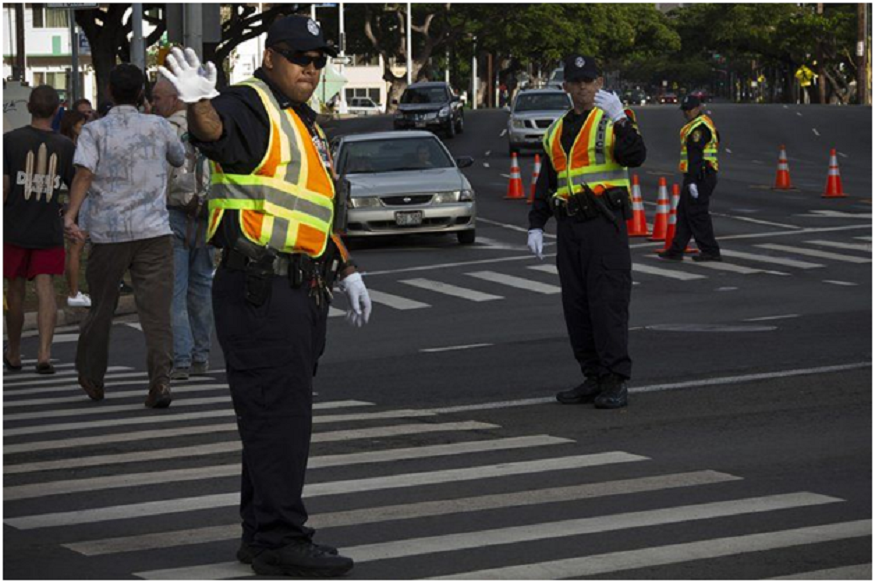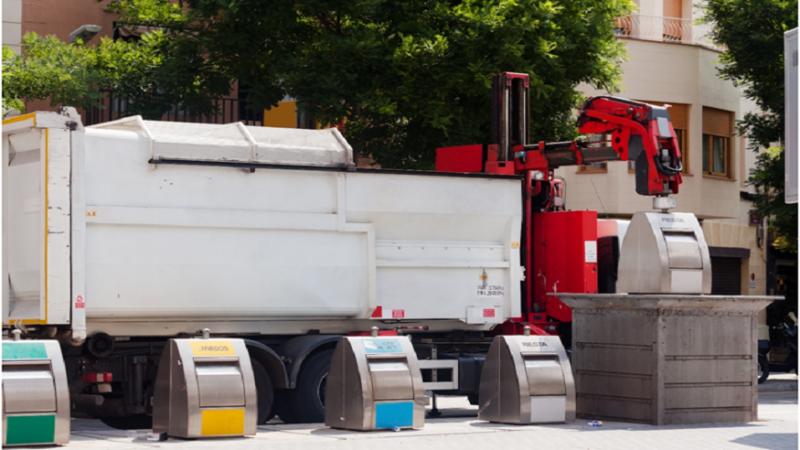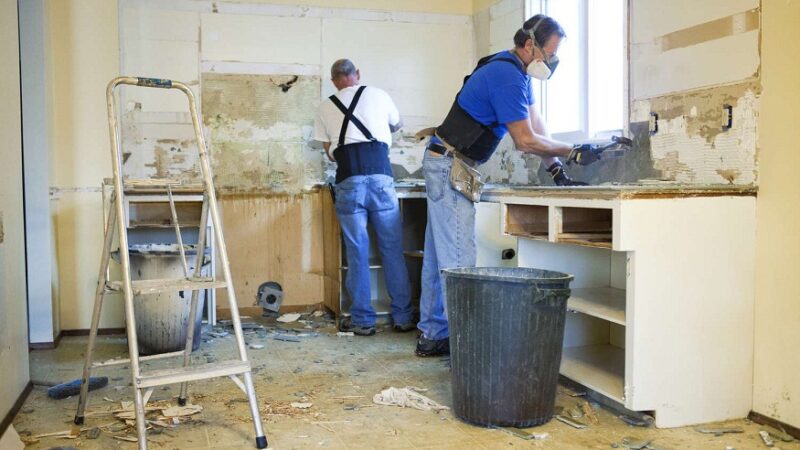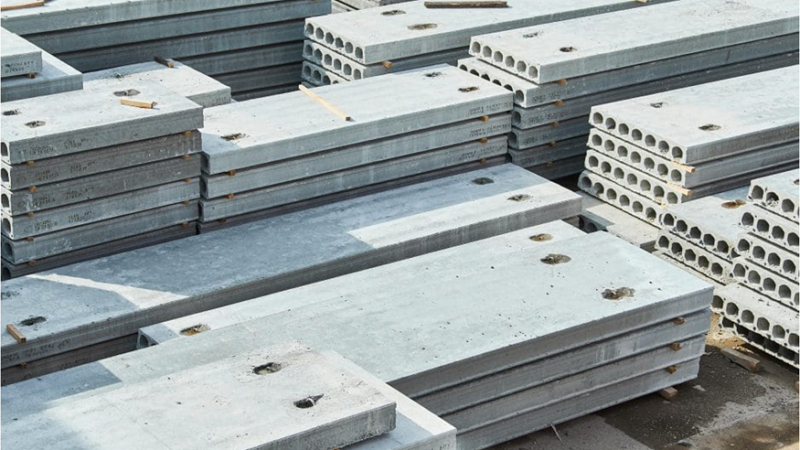Why Every Traffic Flagger Matters in Construction Zone Management

Managing traffic in a construction zone isn’t just about signs and cones. It’s about keeping people safe—both the workers on site and the drivers passing through. It’s a carefully coordinated dance between heavy equipment, road layouts, and human decision-making. At the center of it all is a role often overlooked: the traffic flagger. These individuals do more than wave signs. They stand as the first line of safety, control, and communication in high-risk environments.
The Human Element Behind Construction Flow
Machines may do the heavy lifting, but people guide the flow. Construction zones are constantly shifting. Lanes close, open, and reroute in ways that confuse even frequent drivers. Without someone physically present to signal the change, chaos sets in. That someone is usually a flagger—standing firm under the sun or in the rain, making sure everyone gets through safely. They act in real time, responding instantly to unpredictable changes.
The Role of a Traffic Flagger in Active Zones
A traffic flagger is a trained professional responsible for directing vehicular and pedestrian traffic around or through construction areas. They don’t just hold a “Stop” sign—they manage risk. Their job involves understanding traffic patterns, construction hazards, and safety regulations. Often, they are the only thing standing between a speeding vehicle and a distracted worker. Their judgment, alertness, and timing can prevent collisions and save lives.
Training and Certification Make Every Traffic Flagger Effective
Being a traffic flagger requires more than common sense. Formal certification is often mandated by local laws. That training ensures flaggers understand hand signals, equipment handling, emergency protocols, and site communication. They learn to recognize when a driver is confused or distracted and how to adjust their signals accordingly. In environments where a single mistake can have serious consequences, a trained traffic flagger becomes an invaluable safety asset.
The Presence of a Traffic Flagger Improves Driver Compliance
Something changes in drivers when they see a person versus just a sign. Cones and digital arrows are useful, but they don’t compel obedience the same way a flagger does. Human presence adds gravity to the situation. Drivers slow down. They become more aware. That psychological shift can drastically reduce speeding, sudden lane changes, or dangerous maneuvers in a construction zone. A flagger brings authority that technology alone cannot.
Real-Time Communication Keeps Everyone Safe
Construction sites are full of moving parts—literally. From dump trucks to jackhammers, things are always in motion. Flaggers serve as the communication hub. They relay messages between equipment operators, pedestrians, and drivers. If a crane needs more space, the flagger stops traffic. If an ambulance approaches, they react instantly. That kind of live coordination is something signage can’t provide. It’s about responsiveness, not just regulation.
Flaggers Face Daily Risks for the Sake of Safety
Working on or near roadways isn’t easy. Flaggers face countless challenges—unpredictable weather, impatient drivers, distracted pedestrians, and even hostile behavior. They must remain alert for long hours, knowing that a single lapse could cause an accident. Despite the dangers, they show up every day to maintain order where disorder is likely. Their presence makes it safer not just for the crew, but for everyone who drives past the orange cones.
Conclusion
In the grand scheme of construction management, it’s easy to focus on cranes, concrete, and blueprints. But it’s the people on the ground—like the traffic flagger—who hold it all together. Their role may seem small, but the impact is massive. They reduce confusion, prevent injuries, and allow progress to continue safely. Every flagger matters.





